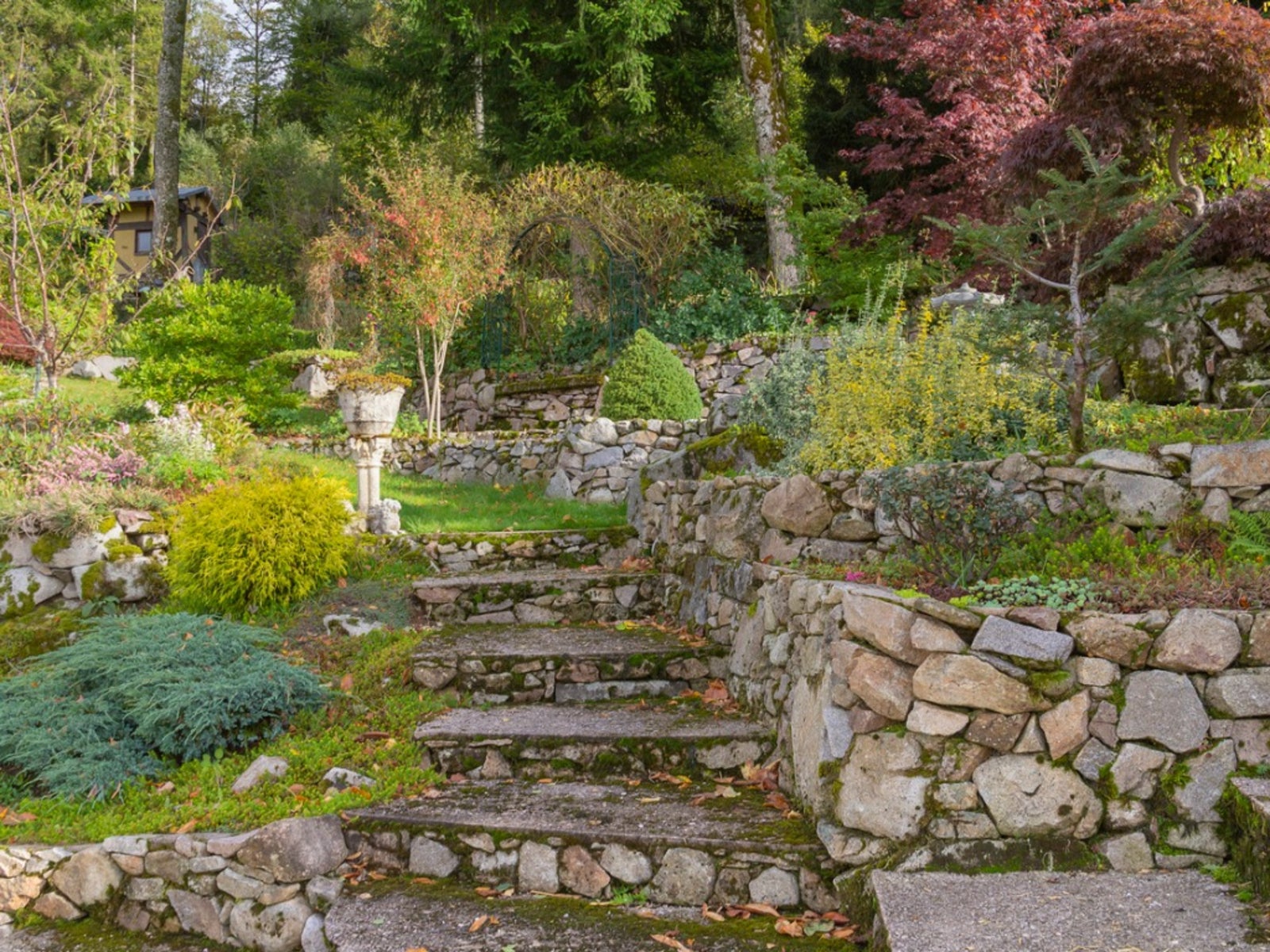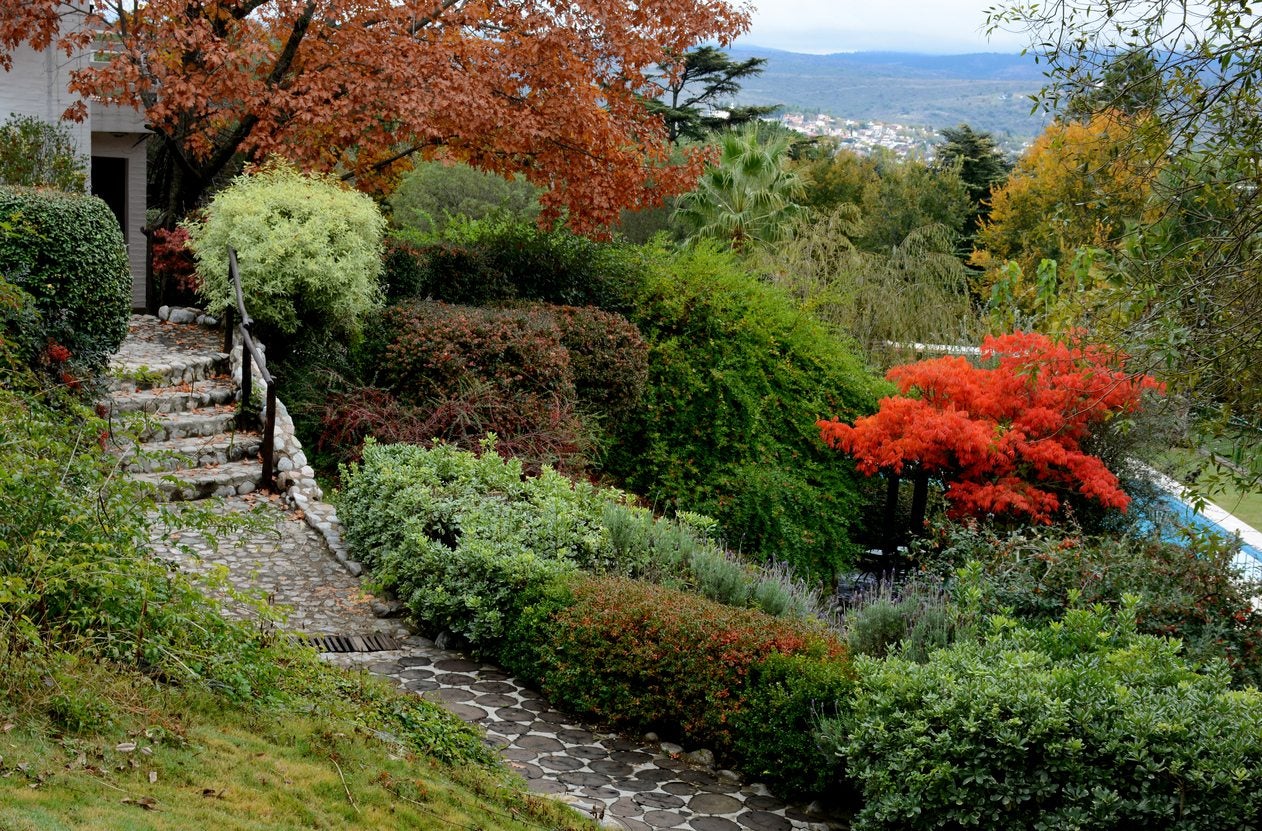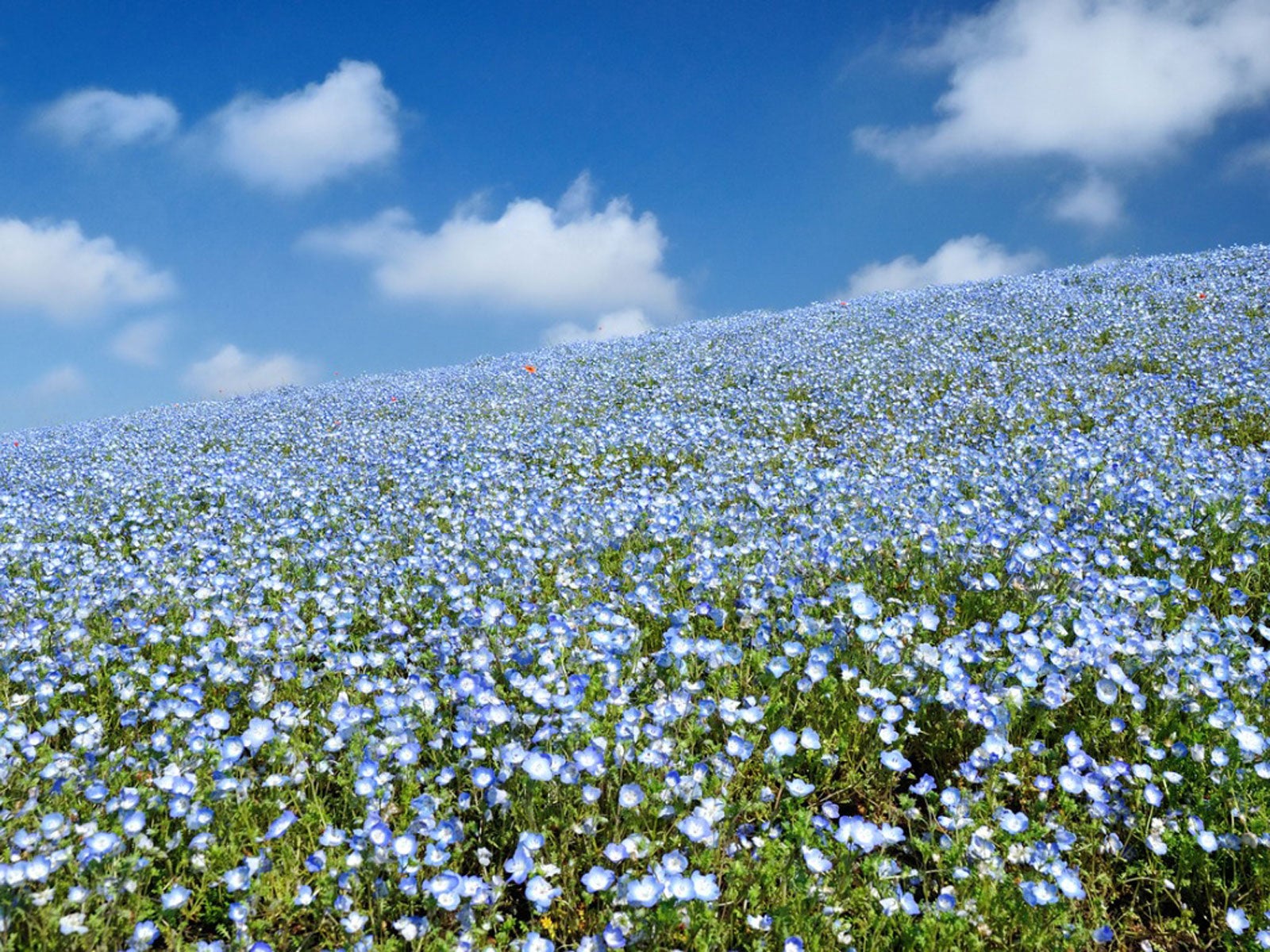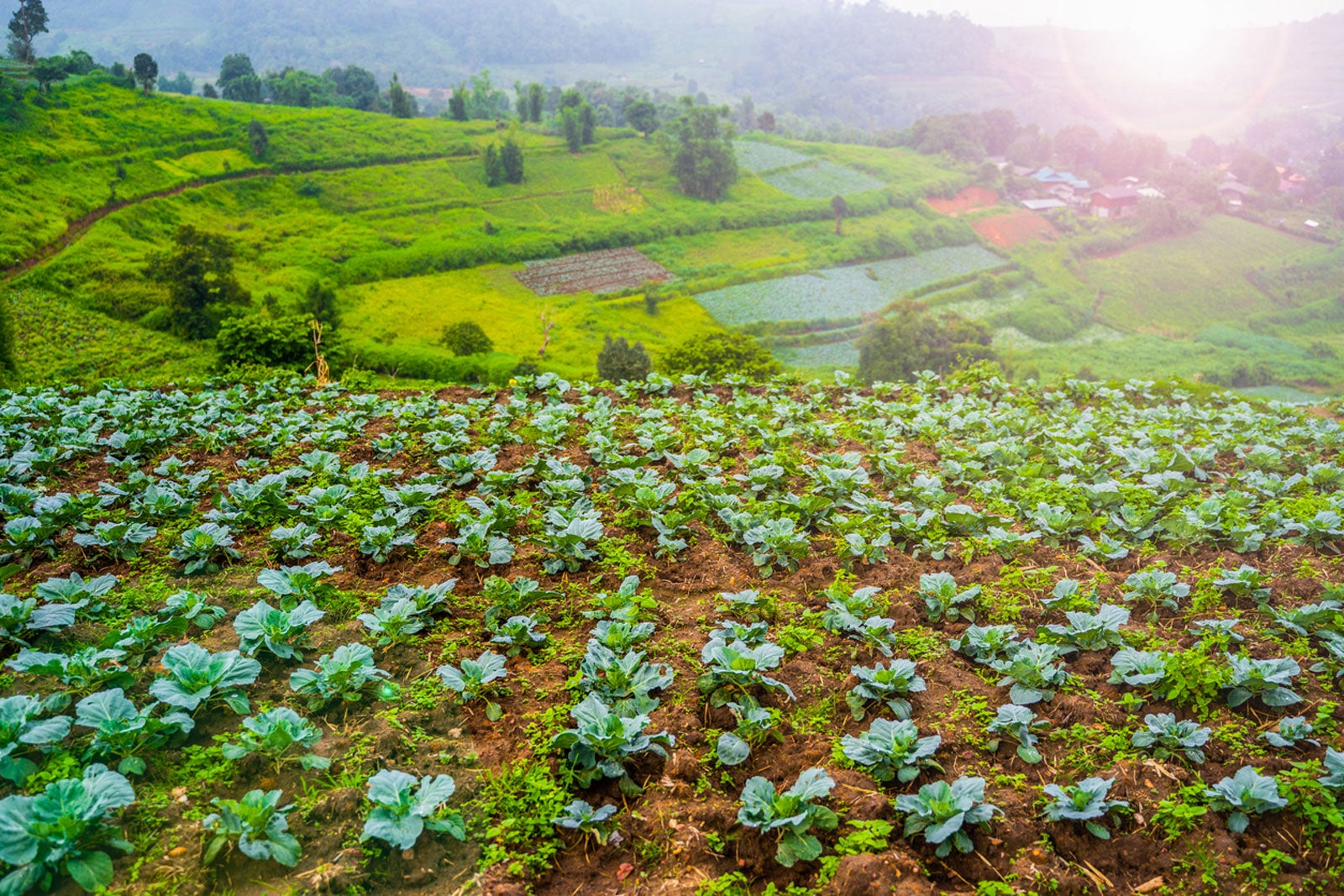Tips For Watering On A Hillside Garden


The biggest problem with irrigating a hill is having all the water run off before it has a chance to soak into the ground. Therefore, controlling runoff is important whenever you are watering on a hillside garden. Read on to learn more about how you can do hillside garden irrigation.
Hillside Garden Irrigation
Hillside garden watering is especially important in areas with full sun and during dry spells. In order for water to deeply saturate the ground and reach plant roots, proper irrigation is essential. When it comes to irrigating a hill, drip irrigation or soaker hoses are probably your best choices. This type of irrigation releases water into the soil slowly, reducing runoff and erosion, which commonly occurs when you use overhead watering and sprinkler systems for irrigating a hill. Drip or soaker irrigation methods allow deep penetration of water in the soil, effectively reaching plant roots. While there are special hoses that can be purchased for the purpose of drip or soaker irrigation, it's just as easy and cost efficient to make your own. Simply poke small holes approximately an inch (2.5 cm.) or so apart along the length of an ordinary garden hose, then clamp off one end and place the hose in the garden. When turned on for hillside garden watering, the water slowly seeps into the ground rather than running off the hill.
Hillside Garden Watering Techniques
In addition to this type of hillside garden irrigation, there are some other helpful hillside garden irrigation techniques that you could implement. For instance, water wells could be built into the hillside garden. These should be dug on the downhill side of plants. Water or rainfall can then fill up the wells and slowly soak into the ground over time. This is also a good way to reduce problems with runoff. Since the degree of slope affects the irrigation method, you may also want to consider how the garden is laid out. Typically, the use of contour rows, terraces, or raised beds will make watering on a hillside easier and more effective for eliminating runoff issues.
Gardening tips, videos, info and more delivered right to your inbox!
Sign up for the Gardening Know How newsletter today and receive a free copy of our e-book "How to Grow Delicious Tomatoes".

Nikki Tilley has been gardening for nearly three decades. The former Senior Editor and Archivist of Gardening Know How, Nikki has also authored six gardening books.
-
 Looking For Plants To Give You The Soft And Fuzzies? Try These 5 Fuzzy Leaf Plant Options
Looking For Plants To Give You The Soft And Fuzzies? Try These 5 Fuzzy Leaf Plant OptionsLovers of texture, drama, silver foliage and tactile plants will adore these special sensory garden additions. These fuzzy leaf plant options will leave you all aglow
By Susan Albert
-
 Get Ready For A Summer Of Hummers! Grow These Full Sun Hummingbird Plants and Flowers
Get Ready For A Summer Of Hummers! Grow These Full Sun Hummingbird Plants and FlowersIf you’re lucky enough to enjoy a sunny backyard, make sure you are maxing out on your pollinator opportunities and grow these full sun hummingbird plants and flowers
By Tonya Barnett
-
 Sloped Rain Garden Alternatives: Planting A Rain Garden On A Hill
Sloped Rain Garden Alternatives: Planting A Rain Garden On A HillWhen planning a rain garden, it’s important to determine whether or not it is a good fit for your landscape. In the case of a hill or steep slope, a rain garden may not be the ideal solution. Click here to learn more.
By Susan Albert
-
 Choosing Plants For Sloping Areas – What Plants Grow On Slopes
Choosing Plants For Sloping Areas – What Plants Grow On SlopesOnce you know what plants grow on slopes, you can use this knowledge to your benefit and plan a garden that both thrives and helps stabilize the hillside. Click here for ideas on choosing plants for sloping areas and how to maximize this difficult planting terrain.
By Bonnie L. Grant
-
 Ground Cover Plants For Hillside Gardens
Ground Cover Plants For Hillside GardensSteep hills in the landscape have always been a problem. Anyone who has mowed lawn on a hillside knows it?s no picnic. So what's a gardener to do? Read this article and opt for hill ground cover instead.
By Jackie Rhoades
-
 Growing A Vegetable Garden On A Hillside
Growing A Vegetable Garden On A HillsideAlthough most people would prefer a nice, level vegetable garden, this isn't always an option. For some of us, slopes and hillsides are a natural part of the landscape. Learn how to grow vegetables on a hillside here.
By Nikki Tilley